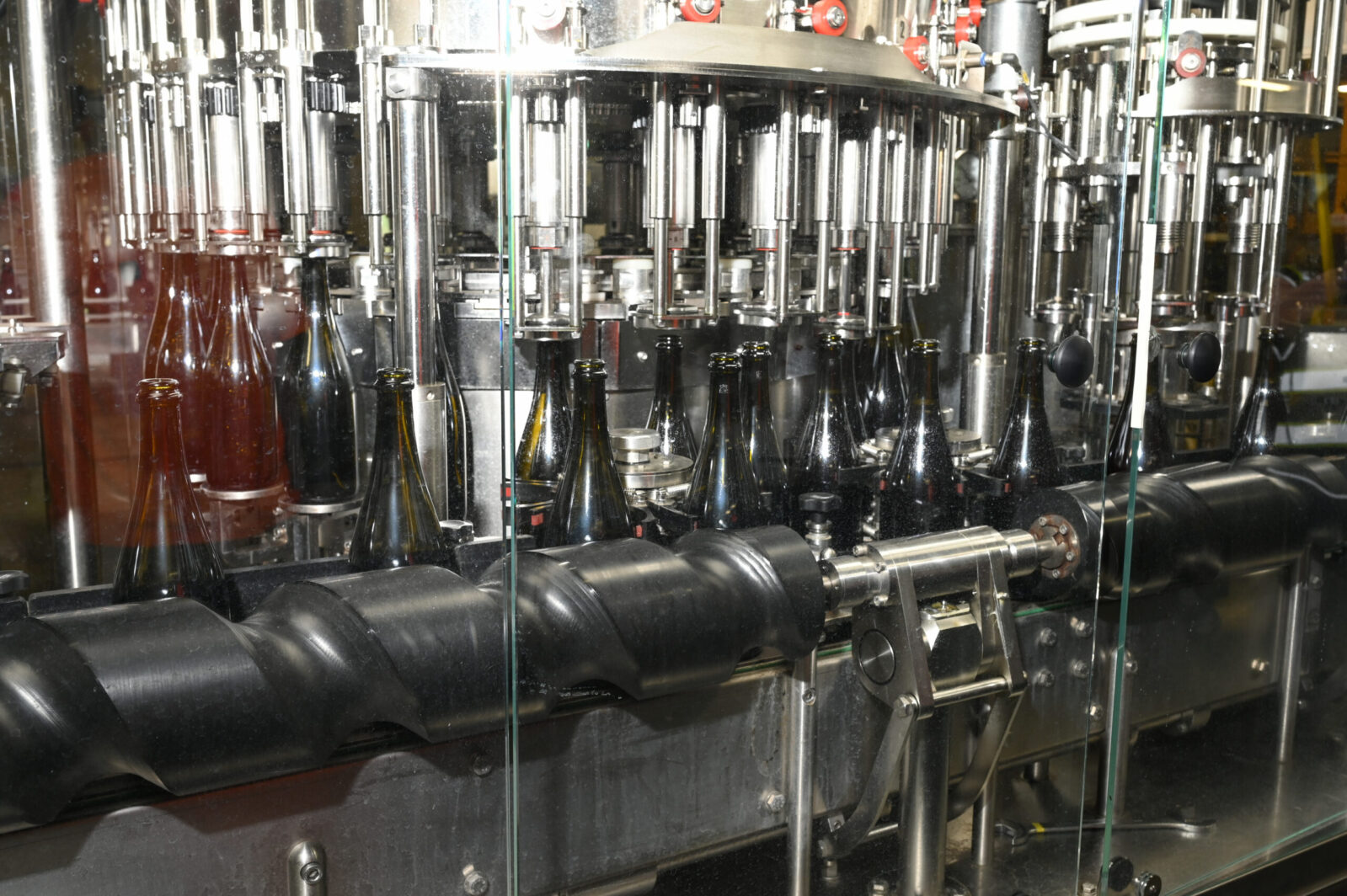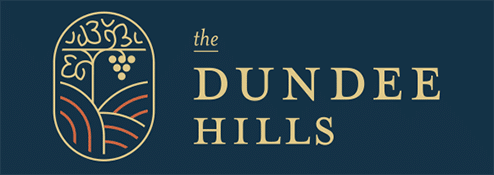The Science & Craftsmanship of Bottling Sparkling Wine
Welcome to the world of sparkling wine! Creating those highly-desired bubbles is a complex and fascinating process involving precision, patience, and a keen sense of artistry. We recently went behind the scenes at Argyle Winery in the Dundee Hills to take a closer look at the bottling process.
An Introduction to Crafting a Sparkling Wine:
To produce sparkling wine, a winemaker begins by making a base wine similar to a still wine, though sparkling base wines are higher in acid and lower in natural sugar.

Once satisfied with the base wine, a sugar and yeast culture is added to the wine, then this mixture is put into champagne bottles, and a crown cap (similar to a beer cap) is placed on top.

Over time, the yeast consumes the sugar which creates a secondary fermentation in the bottle, called the tirage phase. One of the byproducts of this fermentation is carbon dioxide, which creates the bubbles in sparkling wines and champagnes. The wine and culture typically sit in the bottle for at least a year, and it will develop a richer flavor profile and a finer bubble structure the longer it sits. Some bottles in the Dundee Hills have been “en tirage” for a decade.
Sparkling Wine Vocab: Disgorgement + Dosage
When the wine is ready for finishing, it goes through the disgorgement phase. The bottles are riddled – slowly inverting and vibrating the bottle so the yeast sediment moves down to the neck of the bottle. A bidule (a small plastic piece) was placed under the crown cap to collect the sediment. After chilling, the bottles are placed on a disgorging rack that pops off the crown cap, and the bidule and sediment shoot out. The next step is the dosage phase, where a small amount of wine (about 10 mL) is added back to the bottle to replace the loss during disgorgement.
Part of the “art” of making sparkling wines is the “dosage” decision. For example, what wine is used, the type and number of grams of sugar, etc. Winemakers may add the same type of wine or may choose something different depending upon the goal for the final sparkling product. The number of grams of sugar determines the classifications for brut, extra brut, etc.
Once the dosage is added, the champagne cork is inserted, the metal cage, foil capsules and labels are added to finish the bottling.
Sparkling Wine For All
Our Dundee Hills winemakers pour their heart and soul into crafting sparkling wines that are a testament to their skill and dedication to the art of winemaking. So, the next time you raise a glass of sparkling wine, take a moment to appreciate the craftsmanship and expertise that went into creating those bubbles in your class. Cheers!
All photos by Mick Hangland-Skill
